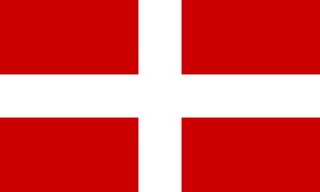
We're riding high physically and spiritually for personal reasons as well as following professional development. We’re rocking it.
https://www.youtube.com/watch?v=gxDnMjgdij4
https://www.youtube.com/watch?v=kGEksQvMeYg
https://m.youtube.com/watch?v=Rf55gHK48VQ&pp=ygUJTGluZHkgaG9w
Wishing the Savoy Ballroom was still open. It opened on March 12, 1926, as one of the country’s first racially integrated public venues. The Ballroom evolved under the vision of owner Moe Gale – a Jewish businessman – and manager Charles Buchanan, an African-American businessman, and civic leader. Buchanan and Gale envisioned for the Savoy to serve as an alternative for individuals interested in dining in a more refined atmosphere than the time period’s typical nightclubs offered. Located at 596 Lenox Avenue—considered to be the main thoroughfare through upper Harlem—the Savoy Ballroom was coined by poet Langston Hughes as the “Heartbeat of Harlem” in “Juke Box Love Song.” The ballroom’s name was taken from the Savoy Hotel in London to give it a more classy and upscale feeling.
https://m.youtube.com/watch?v=Nr8MLXDThug&pp=ygUNU2F2b3kgYmFsbHJvbw%3D%…
Their non-discrimination policy was serving mostly Black and 15 percent white, During the 1920s to the 1940s, the Savoy generated around $250,000 in annual profit from an entrance fee ranging from 30 to 85 cents depending on the time of day, rising in price later in the evening. Measuring in at 10,000 square feet with a capacity of 4,000 people, the Savoy Ballroom was modeled after the Roseland Ballroom, providing passionate Black dancers a venue to display their talent. The ballroom came to host many of the best dancers of Lindy Hop, an American dance style created in the African-American community of Harlem. Named after Charles Lindenburg, the Lindy Hop or Jitterbug rose to prominence during the swing era of the late 1930s and early 1940s, giving the ballroom the nickname downtown as the “Home of Happy Feet” while uptown in Harlem it was known as “The Track” for its long and thin flooring. Other well-known dances conceived at the Savoy include the Flying Charleston, Jive, Snakehips, Rhumboogie, and iterations of the Shimmy and Mambo.
https://www.youtube.com/watch?v=AgE2_AAcVYk AUDIO Difficulties
During the 1930s, jazz musician Chick Webb served as the bandleader for the Savoy’s most popular house band, with Ella Fitzgerald who served as its teenage vocalist. Besides Webb, other prominent bandleaders for the Savoy included Al Cooper, Lucky Millinder, and Buddy Johnson. In October 1958, the Savoy Ballroom went out of business, despite efforts by Borough President Hulan Jack, Buchanan, and other organizations to save it. One of the most cherished Jazz clubs in NYC, it is widely regarded as a tragedy for the entertainment world that it was demolished in the Spring of 1959 for the construction of the Delano Village housing complex.
A historic PLAQUE in honor of the ballroom’s legacy, is a commemorative adornation on Lenox Avenue where the Savoy once stood on May 26, 2002.